Automatons of the Goyesque Carillon
This piece of early engineering is rather unknown despite its location in the heart of Madrid.
Spanish cartoonist Antonio Mingote is one of the best-loved artists of 20th-century Spain. When he was contacted to create the automatons of this carillon, he drew inspiration from one of the most influential painters in the history of Spanish art: Francisco de Goya.
The location could not be more perfect, in one of the balconies of the Plus Ultra building, right in front of the Palace Hotel and the Spanish Congress, very close to the Prado Museum. Mingote pleased his legion of fans by designing the five characters that step out onto the balcony four times a day to dance to the music of the bells on either side and greet the spectators. The dancers represent the most traditional characters from the Goya era: a bullfighter, a maja (a good-looking lady), King Carlos III, the Duchess of Alba, and Goya himself.
The Plus Ultra building is one of those that deserve your attention. It dates from the early 20th century, and was designed by the architect Joaquín Roig and built by the Marquis of Amboage. However, the Goyesque carillon was only inaugurated on December 20, 1993, by a member of the Spanish royal family, Infanta Pilar de Borbón, in the presence of several other personalities and numerous onlookers.
Know Before You Go
The Goyesque carillon is located on the corner next to the entrance to the Palace Hotel, almost in front of the Spanish Congress. The automatons dance four times a day: at 12, 3, 6, and 8 in the afternoon.
It is important to remember that on December 24 and 31, the automatons also dance at 10 pm to celebrate Christmas Eve and on the last day of the year, they dance at midnight.

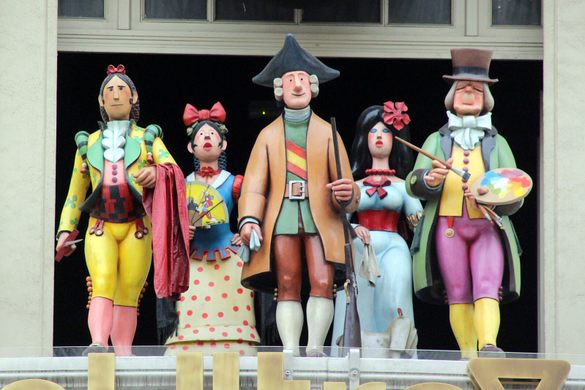
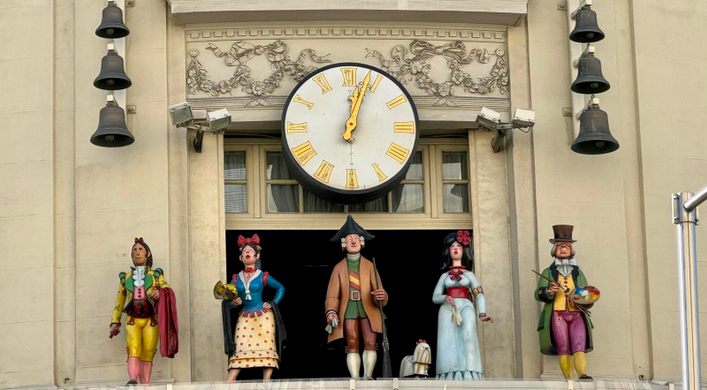
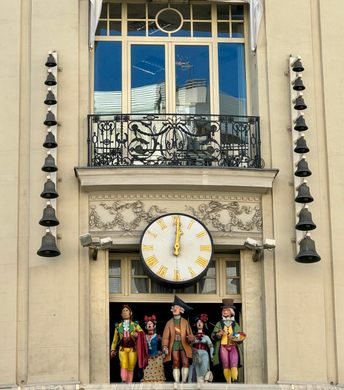









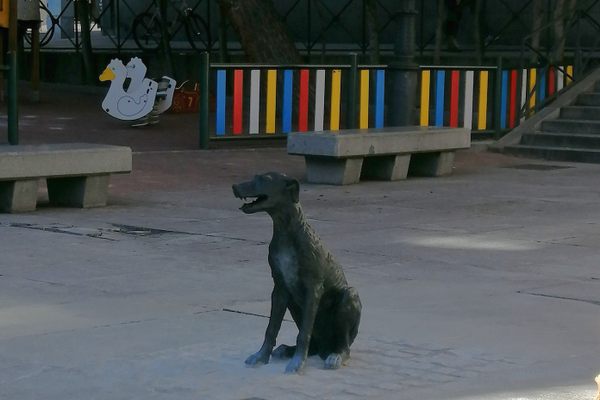




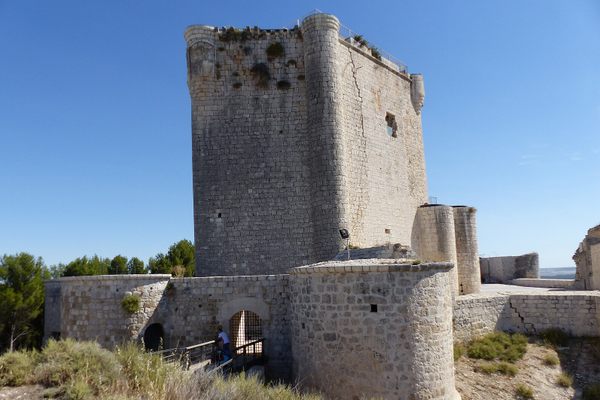

Follow us on Twitter to get the latest on the world's hidden wonders.
Like us on Facebook to get the latest on the world's hidden wonders.
Follow us on Twitter Like us on Facebook